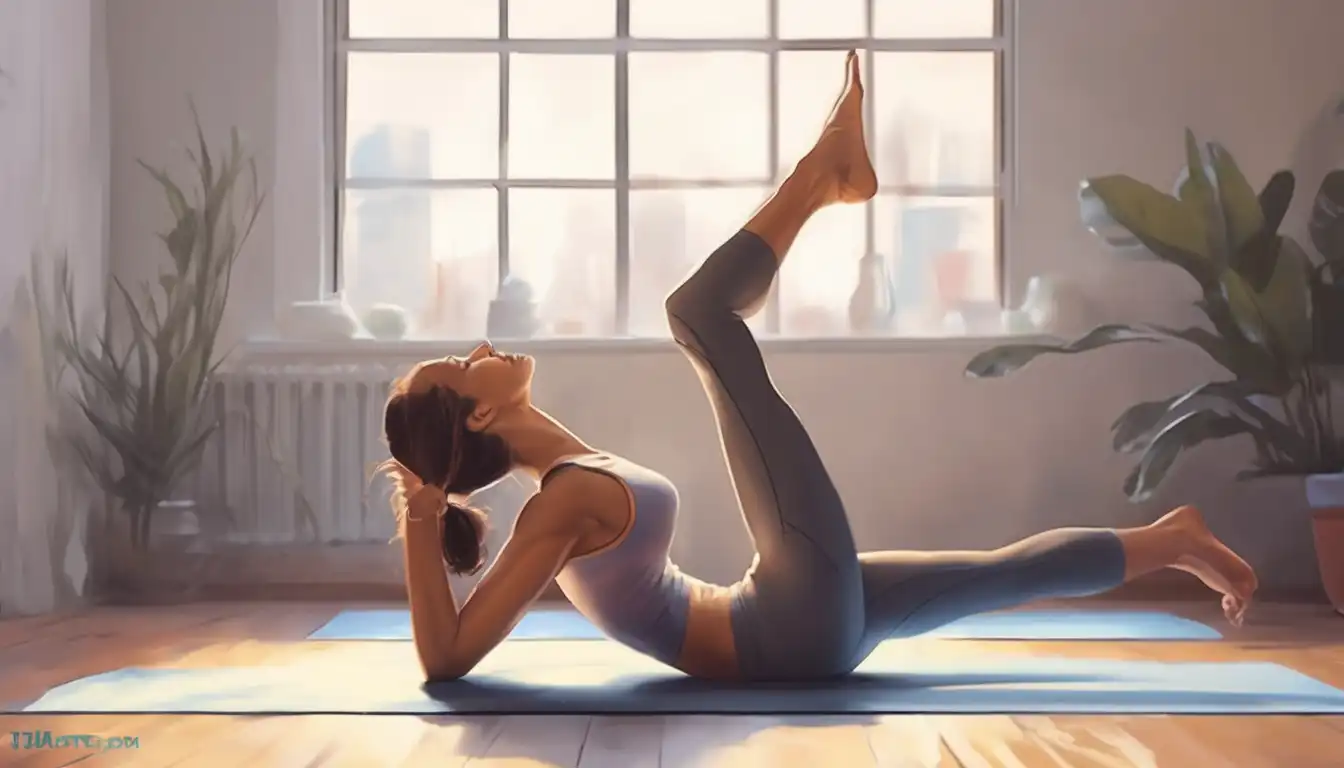Unlock Your Body's Potential: Essential Stretches for Flexibility and Relaxation
In today's fast-paced world, maintaining flexibility and finding moments of relaxation are more important than ever. Whether you're an athlete looking to enhance performance or someone seeking relief from daily stress, incorporating targeted stretches into your routine can transform your physical and mental well-being. This comprehensive guide explores the most effective stretches designed to improve flexibility while promoting deep relaxation.
Why Flexibility Matters for Overall Health
Flexibility isn't just for gymnasts and dancers—it's a crucial component of everyday health. Improved flexibility enhances joint mobility, reduces injury risk, alleviates muscle tension, and promotes better posture. When combined with relaxation techniques, stretching becomes a powerful tool for stress reduction and mental clarity. Regular stretching can significantly improve your quality of life by increasing blood flow to muscles and releasing endorphins.
Essential Stretches for Full-Body Flexibility
1. Standing Hamstring Stretch
This fundamental stretch targets the back of your thighs, which often become tight from prolonged sitting. Stand with feet hip-width apart, slowly bend forward at the hips, keeping your knees slightly bent. Hold for 30 seconds, breathing deeply. This stretch improves hamstring flexibility and can help alleviate lower back pain.
2. Quadriceps Stretch
Perfect for runners and desk workers alike, the quad stretch addresses tightness in the front thighs. Stand near a wall for support, bend one knee and grasp your ankle, gently pulling your heel toward your glutes. Hold for 20-30 seconds per side, maintaining upright posture.
3. Child's Pose
This restorative yoga pose provides excellent relaxation benefits while stretching the back, hips, and shoulders. Kneel on the floor, sit back on your heels, and fold forward until your forehead touches the ground. Extend your arms forward or rest them alongside your body. Breathe deeply for 60 seconds.
4. Seated Spinal Twist
Improve spinal mobility and release tension with this rotational stretch. Sit with legs extended, bend one knee and cross it over the opposite leg. Use your opposite arm to gently deepen the twist. Hold for 30 seconds per side, focusing on smooth breathing.
Advanced Stretches for Enhanced Flexibility
5. Pigeon Pose
This deep hip opener is excellent for improving flexibility in the hip flexors and glutes. Start in a tabletop position, bring one knee forward toward the same-side wrist, and extend the opposite leg back. Slowly lower into the stretch, holding for 45-60 seconds per side.
6. Butterfly Stretch
Target your inner thighs and groin area with this seated stretch. Sit with soles of your feet together, knees falling outward. Gently press your knees toward the floor while keeping your back straight. Hold for 30-45 seconds, breathing deeply.
7. Cobra Pose
This backbend stretch improves spinal flexibility while opening the chest and shoulders. Lie face down, place hands under your shoulders, and gently lift your chest off the floor. Keep your hips grounded and hold for 20-30 seconds.
Creating an Effective Stretching Routine
Consistency is key when working to improve flexibility. Aim to stretch at least 3-4 times per week, holding each stretch for 20-60 seconds. Always warm up with light cardio for 5-10 minutes before stretching cold muscles. Incorporate both static and dynamic stretches into your routine for comprehensive benefits.
Breathing Techniques for Enhanced Relaxation
Proper breathing transforms stretching from a physical exercise into a relaxation practice. Practice diaphragmatic breathing by inhaling deeply through your nose, allowing your belly to expand, and exhaling slowly through your mouth. Coordinate your breath with your movements—exhale as you deepen into each stretch.
Safety Tips for Effective Stretching
While stretching offers numerous benefits, proper technique is essential to prevent injury. Never bounce during stretches, as this can cause muscle tears. Stretch to the point of mild tension, not pain. If you have existing injuries or medical conditions, consult with a healthcare professional before beginning any new stretching regimen.
Incorporating Stretching into Your Daily Life
Make stretching a natural part of your day by incorporating mini-sessions throughout. Try morning stretches to awaken your body, desk stretches during work breaks, and evening stretches to promote relaxation before bed. Consistency with shorter sessions often yields better results than occasional long sessions.
The Mind-Body Connection: Stretching for Mental Relaxation
Beyond physical benefits, stretching serves as a moving meditation that calms the nervous system. The focused attention required during stretching helps quiet mental chatter and reduce anxiety. Many people find that regular stretching practice improves sleep quality and overall stress management.
Progress Tracking and Goal Setting
Monitor your flexibility progress by noting how your range of motion improves over time. Set realistic goals, such as touching your toes or achieving deeper stretches. Remember that flexibility develops gradually—celebrate small improvements and maintain patience with your body's natural pace of change.
By incorporating these targeted stretches into your routine, you'll not only enhance your physical flexibility but also discover a powerful tool for relaxation and stress relief. The combination of improved mobility and mental calm creates a foundation for overall wellness that supports all aspects of your life.
